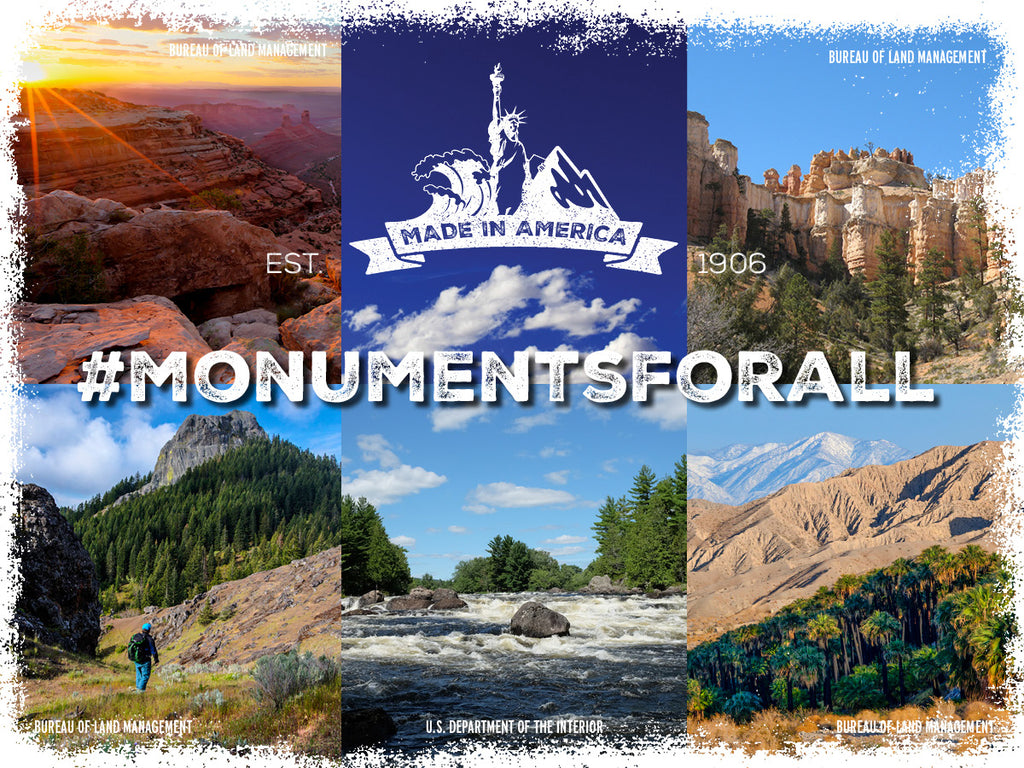
The Sock Drawer

Her Odyssey - from America to America: 20,000 Mile Trek
Bethany Hughes and Lauren Reed set out to travel the Americas by non-motorized means in 2015. They bike, hike, paddle, and find other creative ways to get from the Beagle Channel to their end goal -- The Arctic Ocean. The socks...

Meet the Maker: Kent Wool Manufacturing
Family owned since 1843, the yarn spinners at Kent Wool are an integral part of creating Farm to Feet socks. Learn the story behind one of the companies that helps take the world’s best wool and turn it into the...

11 Ways to #OptOutside in North Carolina
From beaches to biking and just about everything in between, our great state is home to some of the best adventures Mother Nature has to offer. Here are 11 ways to take advantage of North Carolina’s great outdoors this season...

